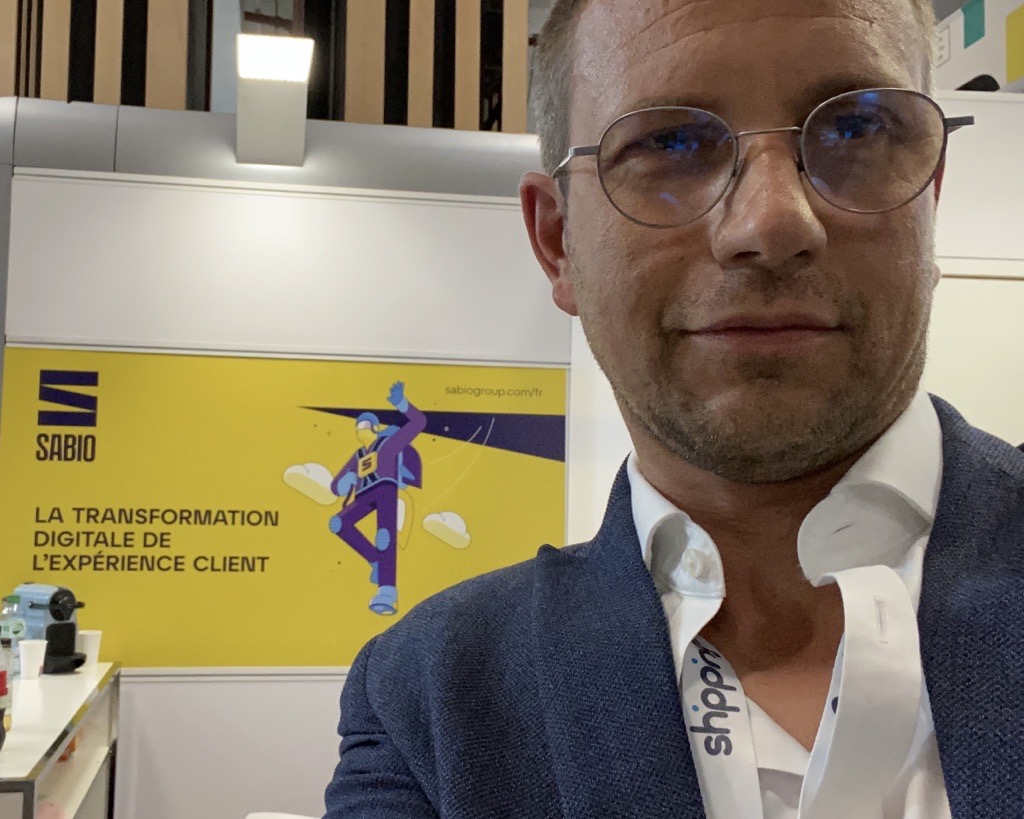Optimising and automating with call intent: the key to an optimal customer experience
09/27/2023 15:55
To deliver a brilliant customer experience in a call centre, it's imperative that businesses understand the specific reasons why customers contact them.

More than a third of customers prefer to call a company directly when they have a problem. It is therefore crucial to optimise the voice channel customer journey. We need to avoid long waiting times, random or overly complex routing in IVRs (Interactive Voice Response) and automate what is possible and relevant.
By analysing the reasons for recurring calls, companies will be able to propose a more relevant voice customer path to lead their customers and prospects to the right service and the right agent. In some cases, it is even possible to automatically address their problems directly.
By understanding why customers contact them, companies will be able to offer targeted automation. The aim is to offer self-service approaches for certain identified use cases, enabling customers to resolve their problems without needing to speak to an agent. This frees up time and resources to deal with more critical, complex and high value-added requests.
Not so long ago, the steps to be taken to optimise the voice channel were merely estimates based on the feelings of operational teams. Today, the solution exists to understand precisely why your customers contact your company, and the results may well surprise you.
Thanks to its IC&A (Intent Capture & Analysis) programme, Sabio - a specialist in the digital transformation of the customer experience - can provide you with detailed data on your customers' intentions by means of a relevant study of your customers' calls over an 8-week period.
Sabio, an expert for over 20 years in contact centre technologies and through its consulting offer, has deployed the IC&A programme (Intent Capture & Analysis) in response to concrete needs encountered within its customers and prospects. As a result of these projects, we have seen a number of successes, including:
- Identifying a high volume of calls for a service that is no longer offered, modifying the IVR accordingly and optimising the customer journey.
- Discovering that the marketing emails sent by our customer generated 17% of inbound requests, and reviewing the way these emails were edited to make them easier to understand.
- Distinguishing the part of complaints calls that should be handled by a third party and therefore modify the IVR to ensure that they do not reach our customer's operational teams.
- Understanding that 21% of calls related to product documentation (leaflets) and initiating their re-edition by the marketing department using more appropriate vocabulary.
- Highlighting routing problems and enabling the creation of a new, more relevant IVR path that optimised a team of around one hundred agents by redeploying them to high value-added services.
- Revealing a high volume of complaints requiring a long processing time.
Our client has set up a dedicated team to automate the end-to-end complaints process.
Even before the end of this programme, you'll be able to optimise your customer journey and prepare your future automation projects, all with factual, accurate data to support your in-house projects.
In conclusion, understanding call intent is essential to delivering an optimal customer experience. Optimising the voice customer journey, based on relevant data, avoids long waiting times and inappropriate routing. With Sabio's IC&A intent analysis programme, businesses gain actionable insights into customer behaviour and needs, enabling them to offer targeted automation and self-service approaches for specific cases. This efficiency can free up resources to handle complex, high value-added requests.
By anticipating future needs and using IC&A data, you can prepare and defend your company's future automation projects, thereby optimising your operations and costs. With this customer-centric approach, companies improve their competitive position, strengthen their reputation and move towards sustainable customer satisfaction.

